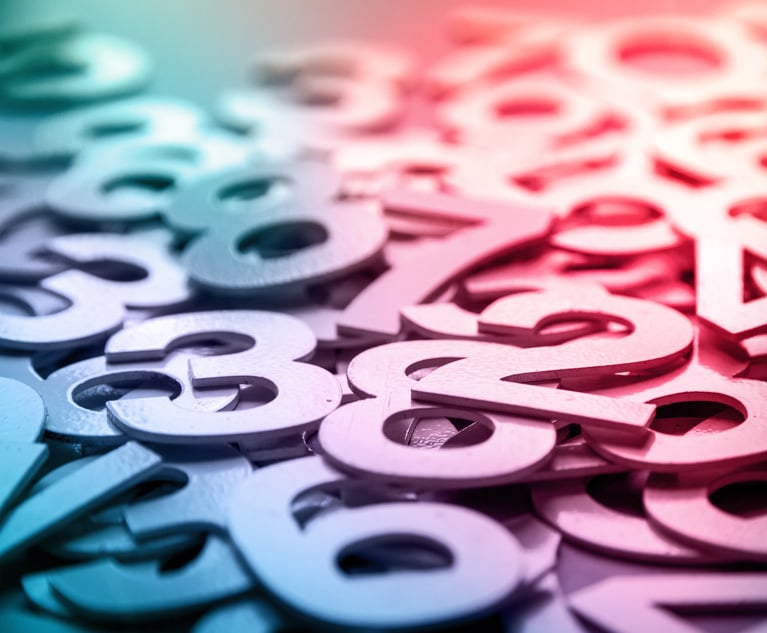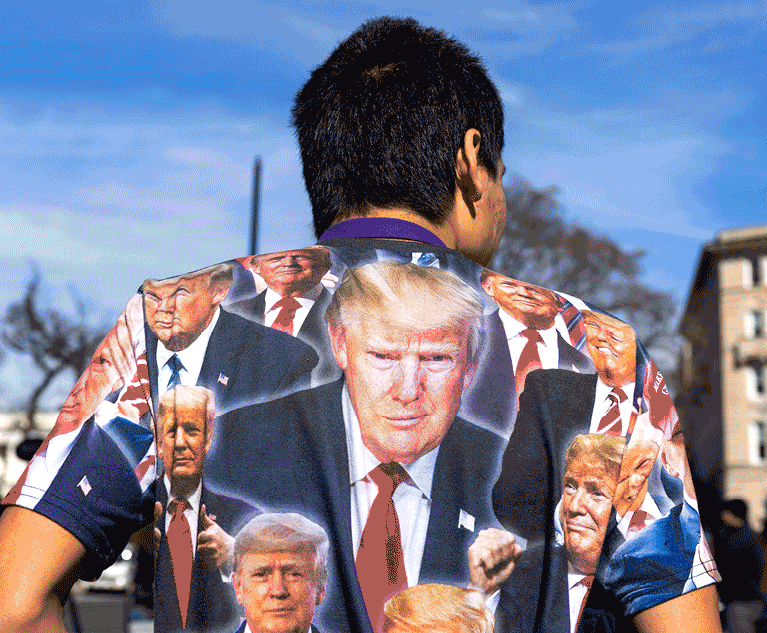Bar Pass Data Palooza: Here's a Look at First-Time Test Takers
The University of Chicago Law School had the highest first-time bar pass rate in 2017, but Stanford Law School was the biggest overperformer when it came to topping statewide averages.
March 27, 2018 at 03:51 PM
3 minute read

A wealth of bar passage data recently released by the American Bar Association provides the most comprehensive picture yet of which law schools' graduates are acing the test, and which are struggling.
The ABA this year overhauled the timing and format of how it reports schools' bar pass rates in a bid to get that information out to the public faster, and to make it easier to compare data across schools.
We're taking a deeper dive into the numbers this week. To kick things off, we're looking at the pass rates of law grads who took the bar exam for the first time in 2017—the most recent set of data.
Altogether, 77.2 percent of 2017's first-time bar takers passed, but there was a wide variation between schools. The University of Chicago had the highest first-time pass rate at 98.58 percent, while Arizona Summit Law School had the lowest at 26.53 percent.
Our first chart shows where each law school landed on that spectrum.
But bar pass rates vary significantly by state, so our second chart shows which schools underperformed and over performed based on statewide averages for first-time bar takers in 2017.
For each law school, the ABA combines the bar pass averages from the states where the bulk of its graduates took the bar, then adjusts that figure according to the number of graduates from individual schools who took the bar in each state. That figure, dubbed the “Average State Pass Percent,” tells you what each school's first-time pass rate should have been, based only on statewide averages.
Comparing the “Average State Pass Percent” with each school's actual pass rate, as we have done in our second chart, shows which schools are doing better and worse than statewide averages would predict. In this case, Stanford Law School is tops, while Arizona Summit is on the bottom, again.
This content has been archived. It is available through our partners, LexisNexis® and Bloomberg Law.
To view this content, please continue to their sites.
Not a Lexis Subscriber?
Subscribe Now
Not a Bloomberg Law Subscriber?
Subscribe Now
NOT FOR REPRINT
© 2025 ALM Global, LLC, All Rights Reserved. Request academic re-use from www.copyright.com. All other uses, submit a request to [email protected]. For more information visit Asset & Logo Licensing.
You Might Like
View All
The Week in Data Feb. 3: A Look at Legal Industry Trends by the Numbers

The Week in Data Jan. 24: A Look at Legal Industry Trends by the Numbers

The Week in Data Jan. 21: A Look at Legal Industry Trends by the Numbers
Trending Stories
- 1Connecticut Movers: New Laterals, Expanding Teams
- 2Eliminating Judicial Exceptions: The Promise of the Patent Eligibility Restoration Act
- 3AI in Legal: Disruptive Potential and Practical Realities
- 4One Court’s Opinion on Successfully Bankruptcy Proofing a Borrower
- 5Making the Case for Workflow Automation
Featured Firms
Law Offices of Gary Martin Hays & Associates, P.C.
(470) 294-1674
Law Offices of Mark E. Salomone
(857) 444-6468
Smith & Hassler
(713) 739-1250









